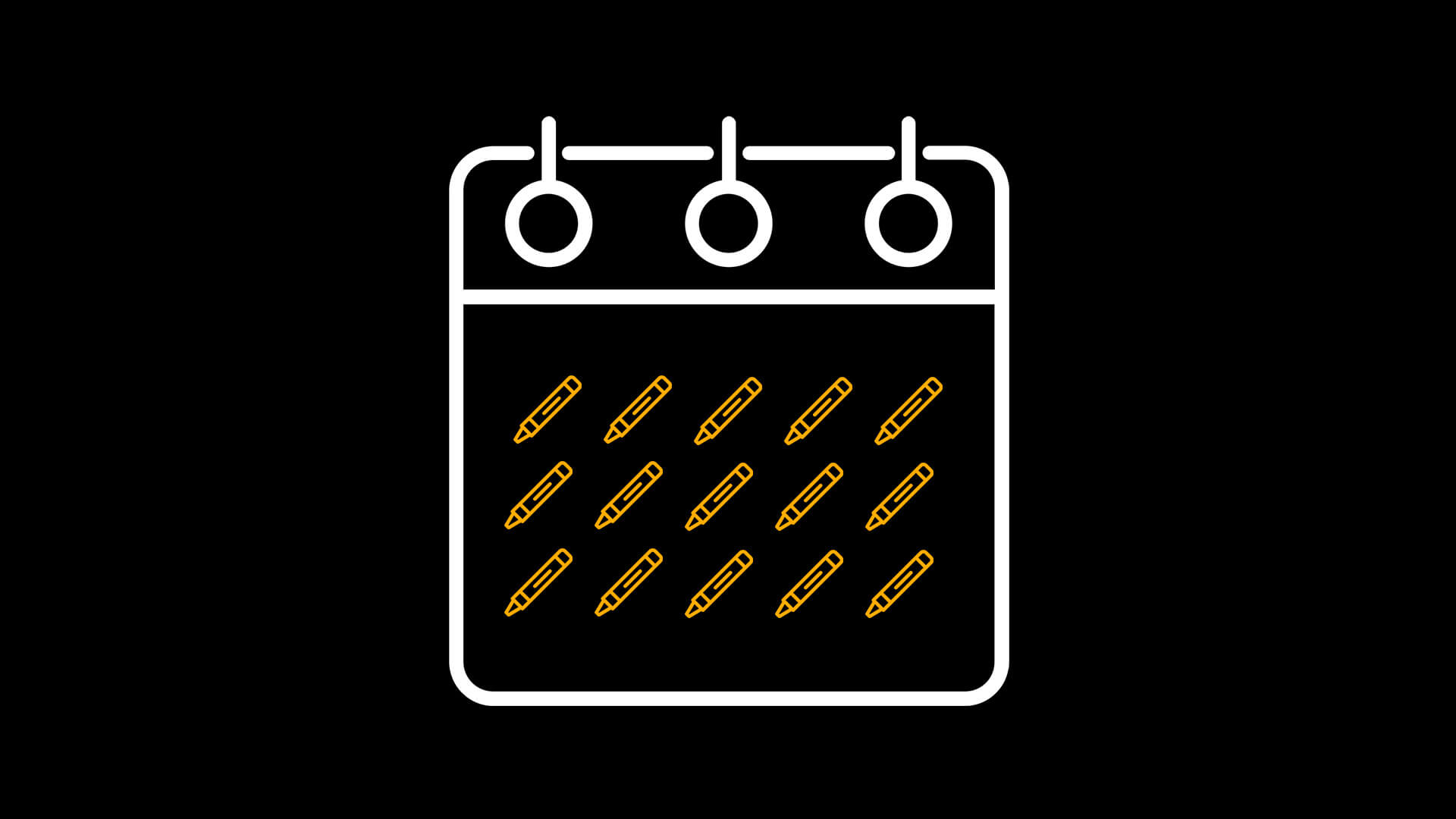The simple way to be consistent nobody wants to follow (but is proven to work)
Writing online is like playing the lottery.
It’s a numbers game.
The more you write, the more chances you have to build an audience and monetize it with digital products.
But you don’t have to be chained to your keyboard 24/7 to start winning.
I’ve been writing daily emails and consistently publishing blog posts for more months than I can count on my fingers.
And here are my secret tips that you can ethically steal.
Stop losing your best ideas
Writer’s block is the worst thing that could happen to a creator.
It’s like cancer for creativity.
Most of the time, writers don’t know where to start. But your ability to be perceived as consistent goes back to having enough ideas.
The problem is that most ideas won’t come in front of a laptop or a blinking cursor. They’ll come up at the wrong moments like washing the dishes, walking the dog, or driving.
This is why you want to set up a capturing system and capture your best ideas as soon as they arise.
I have over 1060 content ideas sitting in my note-taking app:

When I have to write, I don’t have to think about what to write.
It’s already there.
Turn On “Monk Mode”
Too many creators break immutable laws.
One of them is the law of ‘pre-heating.’
It goes like this: For every task you do, you need a specific amount of time to perform at your best.
You see it everywhere:
- In your car: if you don’t warm it up, you could blow up your engine. Let the engine run a few seconds (past).
- To heat your frozen pizza: pre-heat the oven before putting it into it.
- For sports: warm up so you don’t get injured.
Creating one-shot content is playing the game backward. You’ll never achieve flow by merely writing for 10 minutes.
Instead of sitting down to write your emails or articles every day, sit down once a week and batch them all.
Do more of similar tasks at the same time.
Transform Your Ordinary Week Into Extraordinary Output
“If it’s not on my calendar, it’s not in my life.”
That statement may look harsh to read, but is too powerful to be ignored.
It blows my mind how many people who want to create content are just unprofessional.
They have a calendar to block out vacations but not to create content.
Painful mistake.
Instead of winging what you’ll do on Monday, Tuesday, or Friday, decide on a content calendar routine.
Dedicate Mondays to brainstorming ideas and outlining. Tuesdays to write. And Fridays to edit your work.
Less guesswork. More output.
Hijack Hollywood’s storytelling secrets
Templates are secret blueprints prolific creators use behind the curtain to create compelling content.
They also allow you to eradicate decision fatigue and start your content with a proven structure.
Instead of thinking about the format, you can dedicate all your brainpower to the ideas you want to share.
And your ideas are what makes you stand out in an age where each niche is already saturated and more noisy than as a disco.
Now, some may scoff at templates or think that they’re impersonal.
Nonsense.
Stories have been working for thousands of years. Every Hollywood blockbuster uses the same narrative arc.
What matters isn’t the structure but the ideas your structure vehicles.
Create on the go and start a content library
Creating a content library is a game-changer.
The reason? It allows you to build “content creation blocks” that you can repurpose at will.
Before showing you how it works, you need to understand that every idea you ever had is a combination of ideas you’ve consumed in the past.
Want a hack to cut that process in half?
Create your content library while you’re consuming content. Rather than relying solely on highlighting or bookmarking like a junkie, take a proactive approach.
Here’s how:
When you stumble across an interesting concept, go the extra mile. Rephrase it in your own words and save it into your note-taking app. By doing this, you not only reinforce your understanding but also generate valuable raw material for future content creation.
This approach ensures that each piece you produce is rooted in your own comprehension and perspective, rather than being a mere regurgitation of someone else’s ideas.
This process also solidifies your understanding, enhances retention, and facilitates the seamless integration of ideas into your own content creation workflow.
Don’t just highlight. Rewrite.

